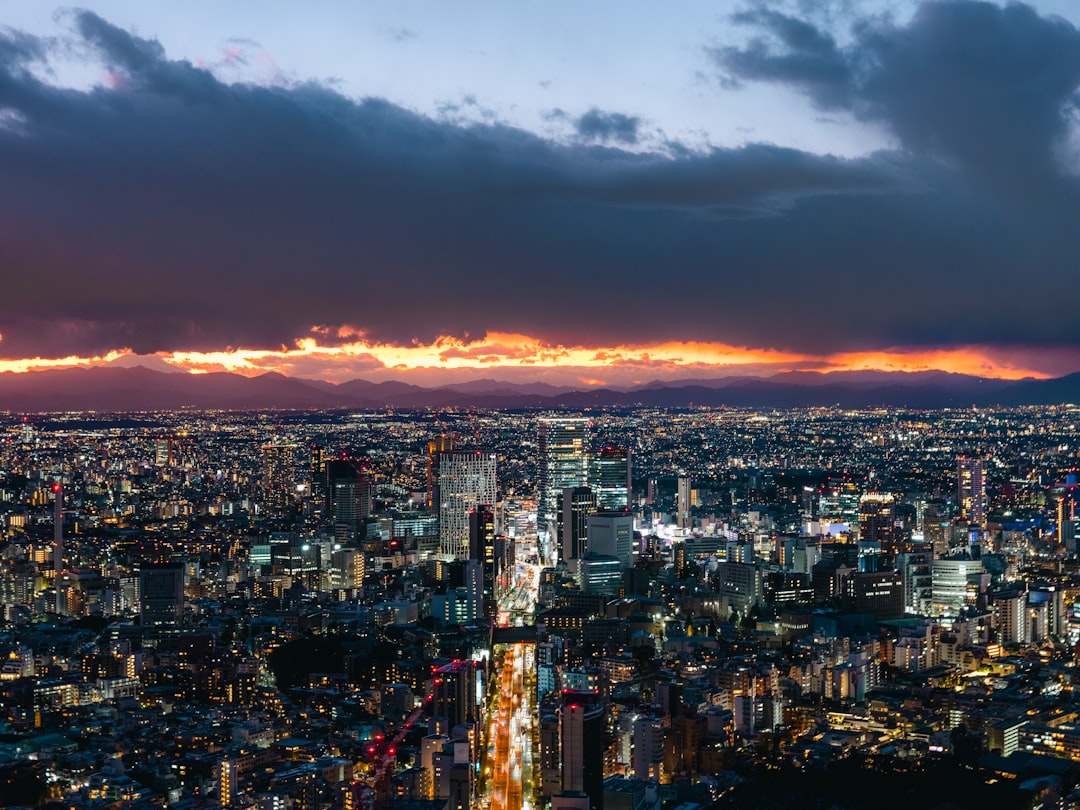I remember sitting in the chopper above downtown when it happened. It looked like another sunset. Ordinary. Safe. That was the worst part—that it looked beautiful. It wasn’t right.
I don’t remember everything they said when the camera started rolling. We had it all planned out, but in the moment, it was just so—so hollow. The …
Keep reading with a 7-day free trial
Subscribe to A Disaster in Many Parts to keep reading this post and get 7 days of free access to the full post archives.


